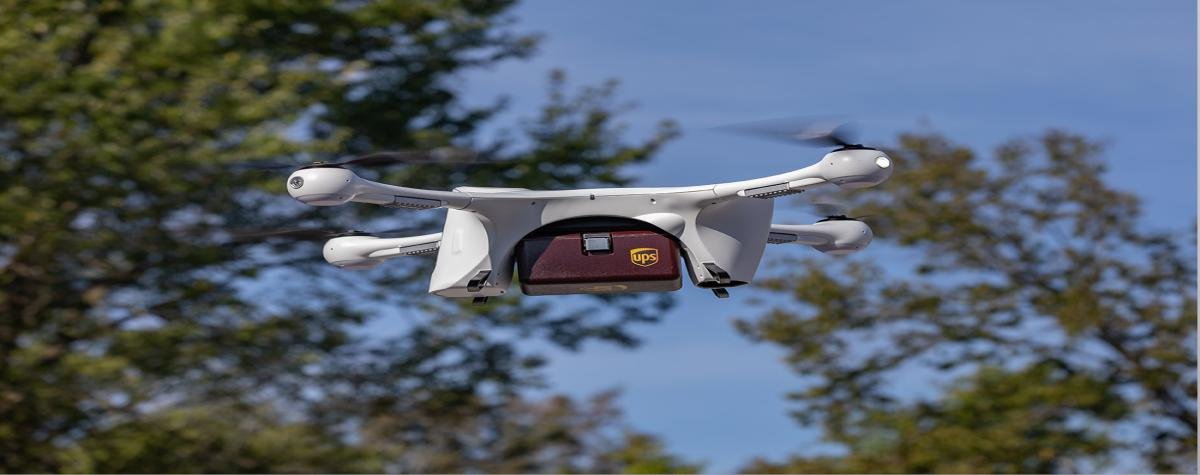On November 8, American citizens will be called to vote for the future President of the United States. In practice, he will finally be elected in mid-December by a college of 538 voters.
How many great voters are there?
California, Texas, Florida and New York have more than a quarter of the electorate
This cartogram represents the 50 “distorted” (anamorphic) American states according to the number of large voters they count.
The electoral college is composed of 538 grand voters. To be elected president, a candidate must obtain the votes of at least 270 of them.
Each state is allocated a number of large voters equivalent to the number of its representatives in Congress: either two senators, whatever its demographic weight, to which are added the elected members of the House of Representatives, whose number is determined according to his population.
Montana, Wyoming, the two Dakota, Alaska, Delaware and Vermont, sparsely populated states, each represent three major voters of the electoral college; California, the most populous state in the country, has fifty-five, followed by Texas (thirty-eight), Florida and New York State (twenty-nine each). Three electors also represent the federal district of Washington.
But given the evolution of the American political map, a majority of states no longer have much, if any, at stake for the candidates. The states of the South and of the great plains of the Midwest are thus “red states”, acquired by the republicans, those of the northeast and the west coast are to be classified among the “blue states”, acquired by the democrats.
Who can become a great voter?
Clause 2 of Article II of the Constitution of the United States of America states that the President and the Vice-President are chosen by the electors, but does not specify the method of designation by the States. “No senator or representative, or any person holding a charge of trust or profit from the United States, can be appointed voter,” it said.
In fact, each state has its system of nomination of the electors, who are generally selected in recognition of their services for the party or the candidate. The Politico site notes that for the 2016 election, a wide variety of personalities were appointed by political parties to become major voters after the November 8 election. Thus, the Republican Party has in particular planned to name a radical activist against abortion in Missouri, while a certain Bill Clinton could be called to vote as a large voter, in case of victory of Hillary Clinton in the New York State.
Who Are Voters Voting For?
On Election Day, “the first Tuesday after the first Monday in November”, ie the 8th, voters are asked to fill in the box next to the presidential candidate of their choice. In form, however, the popular election actually makes it possible to choose the electors affiliated with a particular candidate. For example, if Hillary Clinton wins a majority of votes in California, the state’s fifty-five voters will be those previously selected by the Democratic Party.
In forty-eight of the fifty states, as well as in the federal district, the candidate who wins first wins all the votes of the great voters at stake on the principle of “Winner Take All”. In Maine and Nebraska, the system differs and includes a proportional dose: a large voter is chosen in each “congressional” district according to the result of the popular vote, then two large voters are chosen according to the overall result in the State.
The election of the president as such takes place only “the first Monday after the second Wednesday in December”, which is December 19 this year. The great voters will meet in the capital of their state and will vote directly for the president. The 538 major voters do not come together nationwide. The counting of their votes will take place two weeks later in the Senate in Washington. The candidate will then be officially declared the winner. The inauguration of the new president will take place on January 20, 2017.
Are the great voters obliged to respect the popular vote?
Twenty-four states have texts which oblige the great voters to follow the popular vote and to vote for the candidate for which they were elected. The measure was approved by the Supreme Court in 1952 (Ray vs Blair decision). Since the electors are chosen by the parties or candidates for the presidency and having taken an oath, they in most cases show loyalty to the candidate and the party.
Cases of “treason” are rare: in the 2000 election, to protest against the poor representation of the District of Columbia in the electoral college, Barbara Lett-Simmons had chosen not to vote, rather than to vote for Al Gore . His refusal did not change the outcome of the election, as George W. Bush was elected with 271 votes. In 2004, a great Minnesota voter, supposed to vote for John Kerry, had mistakenly voted for John Edwards, the vice-presidential candidate chosen by … John Kerry.
Information Source : Le_Monde












